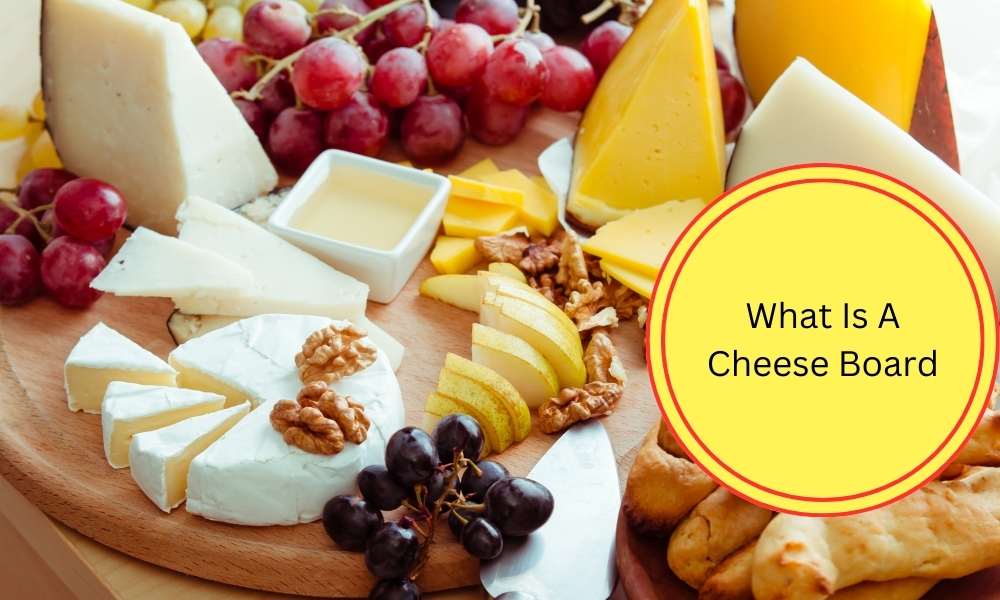A cheese board is a delightful and visually appealing way to serve a variety of cheeses, accompaniments, and sometimes even charcuterie or fruits. It consists of a carefully arranged selection of cheeses, often chosen for their contrasting flavors, textures, and origins. A cheese board can be an impressive centerpiece at any gathering or event, adding elegance and sophistication to the dining experience while allowing guests to explore different tastes and combinations. In this article, we will explore the art of creating a stunning cheese board that will elevate your entertaining skills to new heights.
What’s the best wine to pair with cheese?
- White wines: Light and fresh white wines like Sauvignon Blanc or Riesling pair well with soft and creamy cheeses such as Brie or Camembert. They also work well with tangy goat cheese.
- Red wines: Medium-bodied red wines like Pinot Noir or Merlot complement semi-soft cheeses like Gouda or Fontina. A rich and robust red wine like Cabernet Sauvignon goes well with aged hard cheeses like Cheddar or Parmesan.
- Sweet wines: Dessert wines like Port or Sauternes provide a lovely contrast when paired with blue cheeses such as Roquefort or Stilton. The sweetness helps balance the salty and intense flavors of these cheeses.
Are there any specific knives for cutting cheese?
Yes, there are specialized knives designed specifically for cutting and serving different types of cheeses. These knives are crafted in various shapes and sizes to accommodate different textures and densities of cheeses. Here are some commonly used cheese knives:
- Cheese plane/slicer: This knife has a flat blade that allows thin slices of hard cheeses like Gouda or Edam.
- Cheese cleaver: With its broad, rectangular blade, this knife works best for cutting through hard and crumbly cheeses such as Cheddar or Parmesan.
- Cheese fork: Featuring two prongs at the tip, a cheese fork is ideal for serving semisoft or crumbly cheeses without breaking them.
- Cheese spreader: A cheese spreader typically has a wide, flat blade and is used for spreading soft and creamy cheeses like Brie or Camembert onto crackers or bread.
Types of Cheese Boards
1. Classic Cheese Board
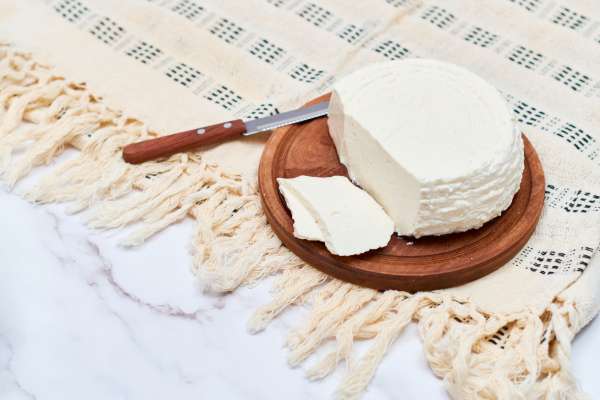
This type of cheese board typically consists of a wooden or slate surface where you can arrange various types of cheese along with some complementary accompaniments such as nuts, dried fruits, crackers, or bread. It provides a timeless and elegant presentation that showcases the beauty of the cheeses.
2. Charcuterie Cheese Board
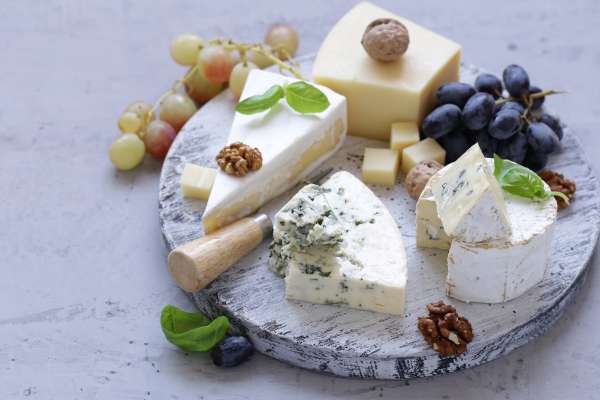
For those who enjoy pairing their cheeses with cured meats, a charcuterie cheese board is the perfect choice. In addition to an assortment of cheeses, this board includes a selection of cured meats like prosciutto, salami, or chorizo. It offers a combination of flavors and textures that will satisfy both cheese and meat lovers.
3. Vegetarian Cheese Board
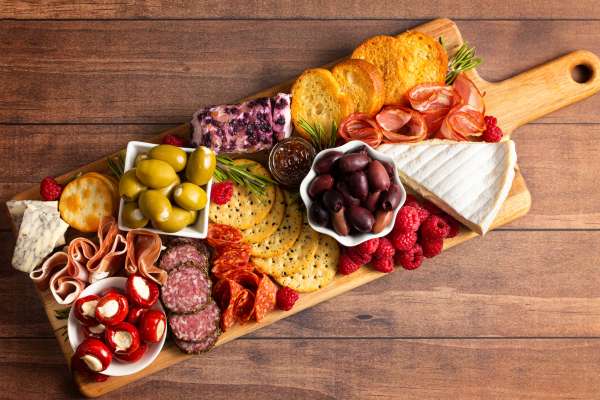
Catering to those who follow a vegetarian diet, a vegetarian cheese board features an array of cheeses paired with an abundance of fresh fruits, vegetables, and dips. This kind of cheese board celebrates vibrant colors and flavors while providing delicious options for non-meat eaters.
Choosing the Right Cheeses
1. Soft Cheeses

Soft cheeses have a creamy and spreadable texture. They are often mild in flavor and pair well with fruits and nuts. Some popular soft cheeses include brie, camembert, and fresh goat cheese. These cheeses add a luxurious touch to your cheese board.
2. Semi-Soft Cheeses

Semi-soft cheeses have a slightly firmer texture compared to their soft counterparts. They offer a delicate balance between creaminess and firmness, making them versatile for pairing with both sweet and savory accompaniments. Examples of semi-soft cheeses include gouda, fontina, and havarti.
3. Hard Cheeses

Hard cheeses have a firm texture that is perfect for slicing or grating. They often have complex flavors that intensify with age. Hard cheeses like cheddar, manchego, and Parmigiano Reggiano add depth and richness to any cheese board.
4. Blue Cheeses

Blue cheeses are known for their distinctive blue veining created by the growth of mold cultures during the aging process. These bold-flavored cheeses offer a tangy and salty taste profile, providing a unique contrast on your cheese board. Popular blue cheeses include Roquefort, Stilton, and Gorgonzola.
Accompaniments for Your Cheese Board
1. Fruits and Nuts

Fresh or dried fruits and nuts are a classic pairing with cheese. The natural sweetness of fruits like grapes, figs, and apples provides a refreshing contrast to the savory richness of the cheeses. Nuts such as walnuts, almonds, and pistachios add crunchiness and depth to each bite.
2. Crackers and Bread
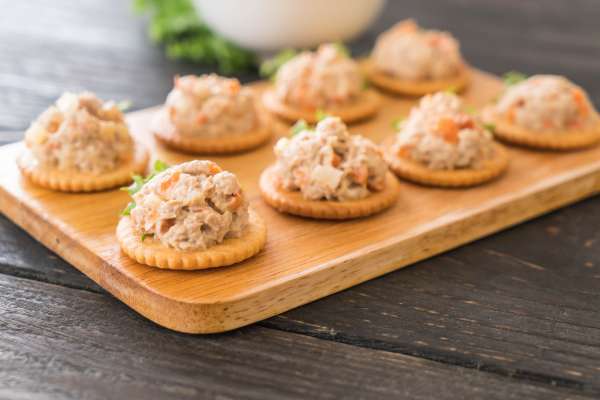
Providing an assortment of crackers and bread allows guests to enjoy their cheese with different textures and flavors. Choose a variety of options like water crackers, crispy baguette slices, or hearty multigrain crackers. These neutral bases allow the cheeses to shine while providing a satisfying crunch.
3. Condiments
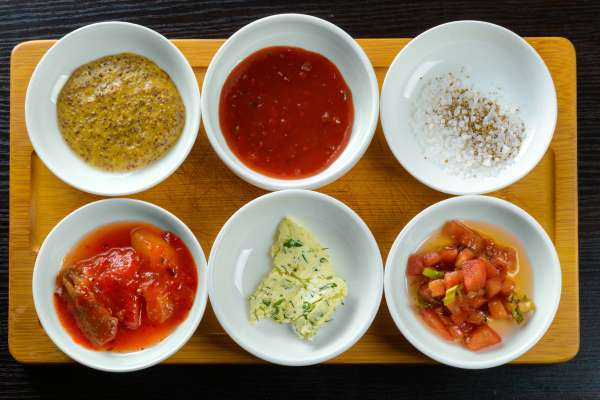
Condiments elevate the taste experience by introducing additional flavors that complement the cheese. Some popular condiments for cheese boards include honey or honeycomb for a touch of sweetness, tangy mustard or chutney for a savory kick, or even spicy pepper jelly for those who enjoy a hint of heat. Consider offering an array of condiments in small dishes or jars alongside your cheese selection.
Cleaning and Maintaining Cheese Board

To ensure your board stays in good condition and remains hygienic, it’s important to clean and maintain it properly. Here are some tips for cleaning and maintaining your board:
- Handwash: Avoid using a dishwasher as it can damage the wood or other materials of the It. Instead, wash it gently by hand with warm water and mild dish soap.
- Drying: After washing, dry the It thoroughly with a clean towel or allow it to air dry completely before storing.
- Oiling: Regularly apply food-grade mineral oil or specialized wood conditioner to prevent the wood from drying out and cracking. This will help maintain its appearance and durability.
- Stain Removal: For stubborn stains or odors, create a paste using baking soda and water, then gently scrub the affected area. Rinse well afterward.
- Separate Boards: If you frequently serve different types of cheeses, consider using separate It or mats to avoid cross-contamination of flavors.
Cheese Board Variations Around the World
Cheese boards vary across cultures, showcasing unique regional flavors and traditions. Here are some popular variations from around the world:
- French Cheese Board: A traditional French It often includes cheeses like Camembert, Brie de Meaux, Roquefort, Comté, and Sainte-Marcellin. It is typically served with fresh baguette slices or crusty bread.
- Italian Cheese Board: An Italian It may feature Parmigiano-Reggiano (Parmesan), Gorgonzola, Pecorino Romano, Taleggio, and Mozzarella di Bufala. It is commonly accompanied by focaccia breadsticks or bruschetta.
- Spanish Cheese Board: A Spanish It may include Manchego, Cabrales, Mahón, Idiazabal, and Murcia al Vino. It is often served with marcona almonds, olives, and bread.
- British Cheese Board: A typical British It could feature Cheddar, Stilton, Red Leicester, Wensleydale with Cranberries, and Double Gloucester. It is traditionally accompanied by biscuits or crusty bread.
- American Cheese Board: An American It might consist of a variety of artisanal cheeses like aged Gouda, creamy Brie, tangy goat cheese (chèvre), sharp cheddar,
- and blue cheese. It can be paired with sliced apples or pears and crunchy crackers.
How do I store leftover cheeses?
When it comes to storing leftover cheeses from your cheese board, follow these guidelines
- Wrap individually: Wrap each type of cheese separately in wax paper or parchment paper to maintain its unique flavors and prevent cross-contamination.
- Store in airtight containers: Place the wrapped cheeses in airtight containers or resealable plastic bags to help preserve their freshness and prevent them from absorbing other odors in the fridge.
- Adjust temperature: Different types of cheeses have varying storage temperature requirements. Generally, keep soft and fresh cheeses in the refrigerator’s colder section (around 34-38°F or 1-3°C) and firmer/harder cheeses in the slightly warmer part (around 40-45°F or 4-7°C).
- Eat at room temperature: Take the leftover cheeses out of the refrigerator around one hour before serving to allow them to come to room temperature for optimal flavor.
The Final Thought
A Best Cheese For Cheese Board is more than just an assortment of delectable cheeses; it is a culinary experience that encompasses diverse flavors, textures, and cultural traditions. Choosing the right wine to pair with different types of cheeses enhances the overall enjoyment. Using specialized knives designed specifically for cutting and serving cheese ensures precision and presentation. Cleaning and maintaining your cheese board is crucial for both longevity and hygiene. Exploring various regional variations of cheese boards adds excitement and cultural flair to your tasting experiences. Lastly, properly storing leftover cheeses helps preserve their freshness for future enjoyment. Embrace the art of creating a beautiful cheese board, delighting your senses with each bite, sip, and conversation shared around this culinary masterpiece.
